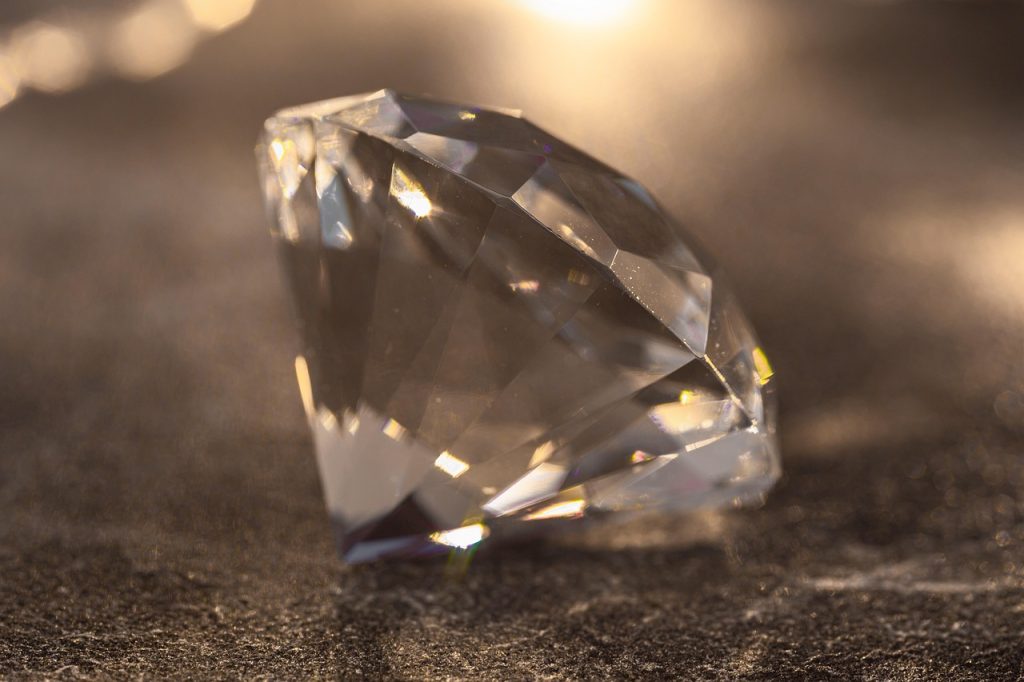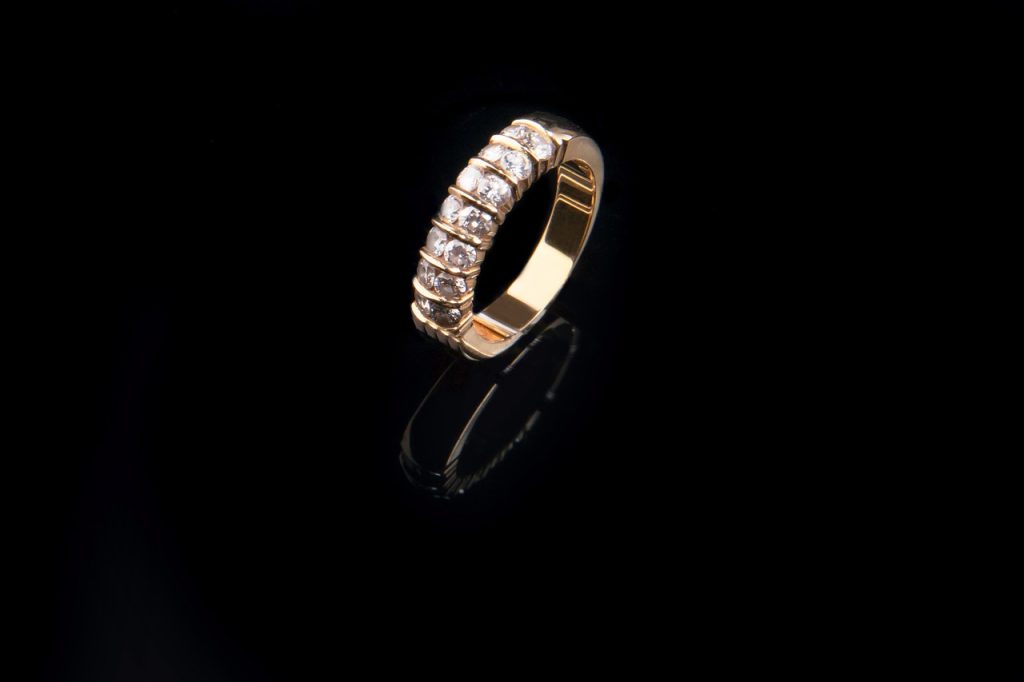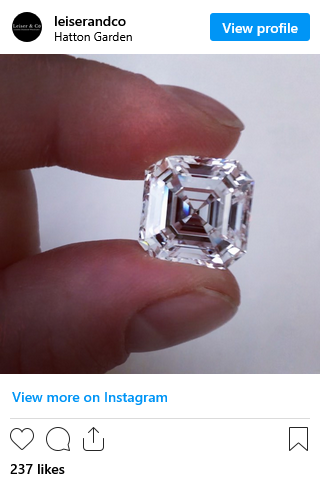Understanding the Essence of Light Performance
When you first look at a diamond, what captivates you most is its sparkle. That dazzling play of light isn’t random—it’s the result of something called light performance. In simple terms, light performance describes how well a diamond interacts with light to create brightness, fire, and scintillation. These three elements are what make diamonds appear so alive and mesmerizing. Brightness refers to the white light that returns to your eyes, fire is the dispersion of light into rainbow-like colors, and scintillation is the sparkle you see as the diamond moves. Together, these effects create that breathtaking brilliance you can’t ignore.
A diamond’s ability to perform well with light depends heavily on how it’s cut. Even a high-quality stone with perfect color and clarity won’t dazzle if its proportions are off. Light must enter, reflect, and exit the diamond in a way that maximizes its beauty. That’s why light performance has become one of the most crucial aspects in determining a diamond’s value and visual appeal.

How Light Travels Through a Diamond
Imagine a diamond as a tiny mirror maze. When light hits the surface, part of it reflects right back—this is external reflection. The rest enters the stone, bends, and bounces around inside. If the diamond’s proportions are ideal, the light reflects from facet to facet and exits through the top, creating brilliance. However, if the diamond is cut too deep or too shallow, light escapes through the sides or bottom, making it appear dull or dark.
Cutters spend years mastering this delicate balance. For example, the angle of the crown (top portion) and the depth of the pavilion (lower portion) must work together perfectly. A pavilion that’s too deep leaks light from the bottom. A shallow one loses light from the sides. Only a precisely cut diamond captures light, bends it efficiently, and returns it in a dazzling display of sparkle.
The Key Components of Light Performance
Light performance is typically broken down into four main factors: brilliance, fire, scintillation, and contrast pattern. Brilliance is all about how much white light reflects from the diamond. Fire adds color to the mix—think of tiny rainbows bursting from the facets. Scintillation gives the stone that “twinkling” effect as you move it under light. Finally, the contrast pattern creates visual balance, where light and dark areas alternate across the surface, enhancing sparkle.
Each of these factors depends on how precisely the diamond is cut. Even small errors in symmetry or proportion can affect how light behaves. For instance, misaligned facets can scatter light unevenly, reducing overall brightness. A diamond with ideal symmetry, on the other hand, acts like a flawless prism—directing every beam of light in harmony. That’s why gemologists use advanced tools like ASET and Hearts and Arrows scopes to evaluate how effectively a diamond handles light.
Cut Grades and Their Impact on Brilliance
The Gemological Institute of America (GIA) assigns cut grades ranging from Excellent to Poor. This grade isn’t about shape—it’s about how efficiently a diamond returns light. A round brilliant cut, for example, has been mathematically perfected to maximize light performance. In contrast, fancy shapes like ovals or pears often require more careful consideration, as their elongated forms can cause “bow-tie” shadows that reduce brightness.
Even within the same cut grade, two diamonds can look dramatically different. Factors such as table size, girdle thickness, and crown height can subtly alter the way light travels. That’s why experienced buyers don’t rely solely on certificates—they look at the diamond under different lighting conditions. A stone that glows vividly under both natural sunlight and indoor light is usually a sign of strong light performance.
How Technology Measures Light Performance
Modern diamond analysis goes beyond what the naked eye can see. Advanced imaging systems like Sarine Light or AGS Performance Reports measure brightness, fire, and sparkle using scientific precision. These tools simulate light entering a diamond from multiple angles, creating detailed 3D models of how it behaves. The results show how effectively a diamond captures and reflects light—essentially giving an objective score to something once judged only by sight.
This technology has revolutionized diamond buying. Instead of guessing which stone looks best, consumers can now compare measurable data. It’s like having a lab report for beauty itself. That transparency has pushed cutters to improve their craft, focusing not just on weight retention but on optimizing light interaction.

Comparing Light Performance Across Diamond Shapes
Different diamond shapes interact with light in unique ways. Round brilliants, for example, are known for having the best overall light performance. Their symmetrical 58-facet design is engineered to maximize brilliance and fire. Princess cuts, with their sharp corners and square shape, tend to have slightly less fire but more intense flashes of white light. Step cuts like emerald or Asscher diamonds, on the other hand, emphasize clarity and luster rather than sparkle. They display broad flashes of light rather than twinkling scintillation, creating an elegant “hall of mirrors” effect.
Oval, marquise, and pear-shaped diamonds can sometimes exhibit a “bow-tie effect”—a dark shadow across the center caused by uneven light return. While this doesn’t always diminish their beauty, it’s something buyers should be aware of. Each shape has its own charm, but understanding how light interacts with its geometry helps set realistic expectations for brilliance. Essentially, no two shapes sparkle in quite the same way, and that’s part of their appeal.
Environmental Lighting and Perception of Brilliance
It’s fascinating how much the environment influences how we perceive a diamond’s brilliance. Under bright sunlight, a diamond’s fire becomes more noticeable as it splits light into vivid rainbow colors. In dim, diffused lighting, you might notice its brilliance more—the pure white flashes of light. Spotlights, like those used in jewelry stores, enhance scintillation by creating dramatic sparkles as the diamond moves.
This is why a diamond that looks spectacular in a showroom may appear more subdued in natural daylight. Light performance isn’t just about the diamond—it’s also about the lighting conditions around it. Gemologists often recommend observing a diamond under several types of light before making a purchase. The way it reacts to each setting reveals its true optical personality.
Optimizing Light Performance Through Craftsmanship
The best diamond cutters know that precision is everything. They must balance carat weight, symmetry, and proportions to achieve optimal brilliance. For example, a cutter may sacrifice a bit of carat weight to improve the pavilion depth or crown angle, enhancing the diamond’s ability to reflect light properly. This trade-off between beauty and size often separates ordinary diamonds from exceptional ones.
High-quality craftsmanship ensures that each facet aligns perfectly, acting like a mirror to bounce light where it belongs. Some cutters use computer modeling to predict how minor adjustments in angles or facet size will affect light behavior. In this sense, diamond cutting is both art and science—where geometry meets aesthetics.
Why Light Performance Matters to Buyers
When you’re choosing a diamond, you’re not just buying a mineral—you’re buying a light show. A diamond with excellent light performance looks more vibrant, larger, and more valuable, even if it has the same color and clarity as another stone. That’s because our eyes are naturally drawn to sparkle and contrast. The more lively and balanced a diamond’s light return, the more captivating it appears.
Buyers who understand light performance often make more satisfying purchases. Instead of focusing solely on the “Four Cs,” they consider how the diamond behaves in light, which ultimately defines its beauty. It’s the difference between a diamond that simply sits on your finger and one that catches every eye in the room.
Final Thoughts on Light and Beauty
Light performance isn’t just a technical metric—it’s the soul of a diamond’s beauty. It determines whether a stone glows like a star or fades into the background. Every reflection, every rainbow flash, every twinkle is the result of countless microscopic decisions made during cutting. When all those elements come together in harmony, the result is nothing short of magic.
Understanding how light shapes a diamond’s brilliance allows you to see beyond certificates and statistics. It gives you the tools to appreciate craftsmanship and design on a deeper level. In the end, light performance transforms an ordinary crystal into something extraordinary—a diamond that truly lives in the light.




